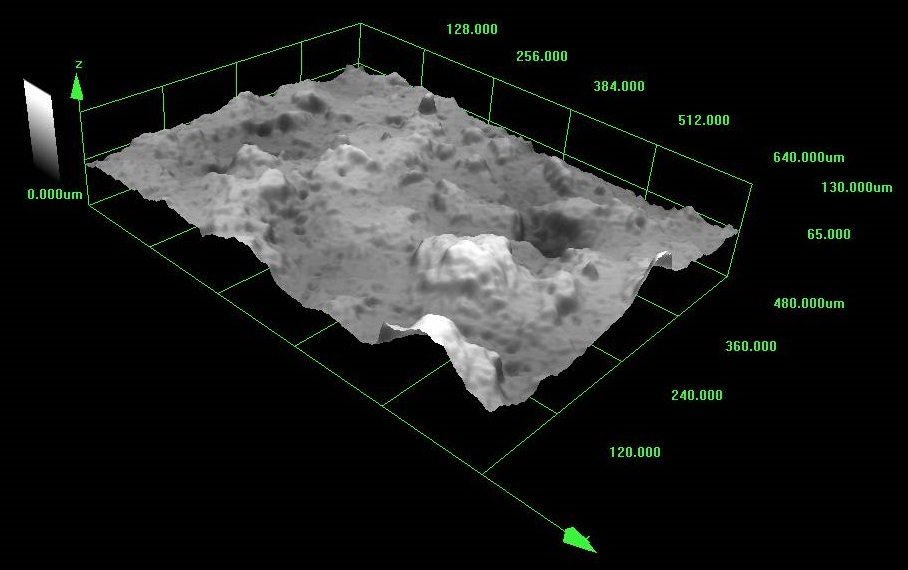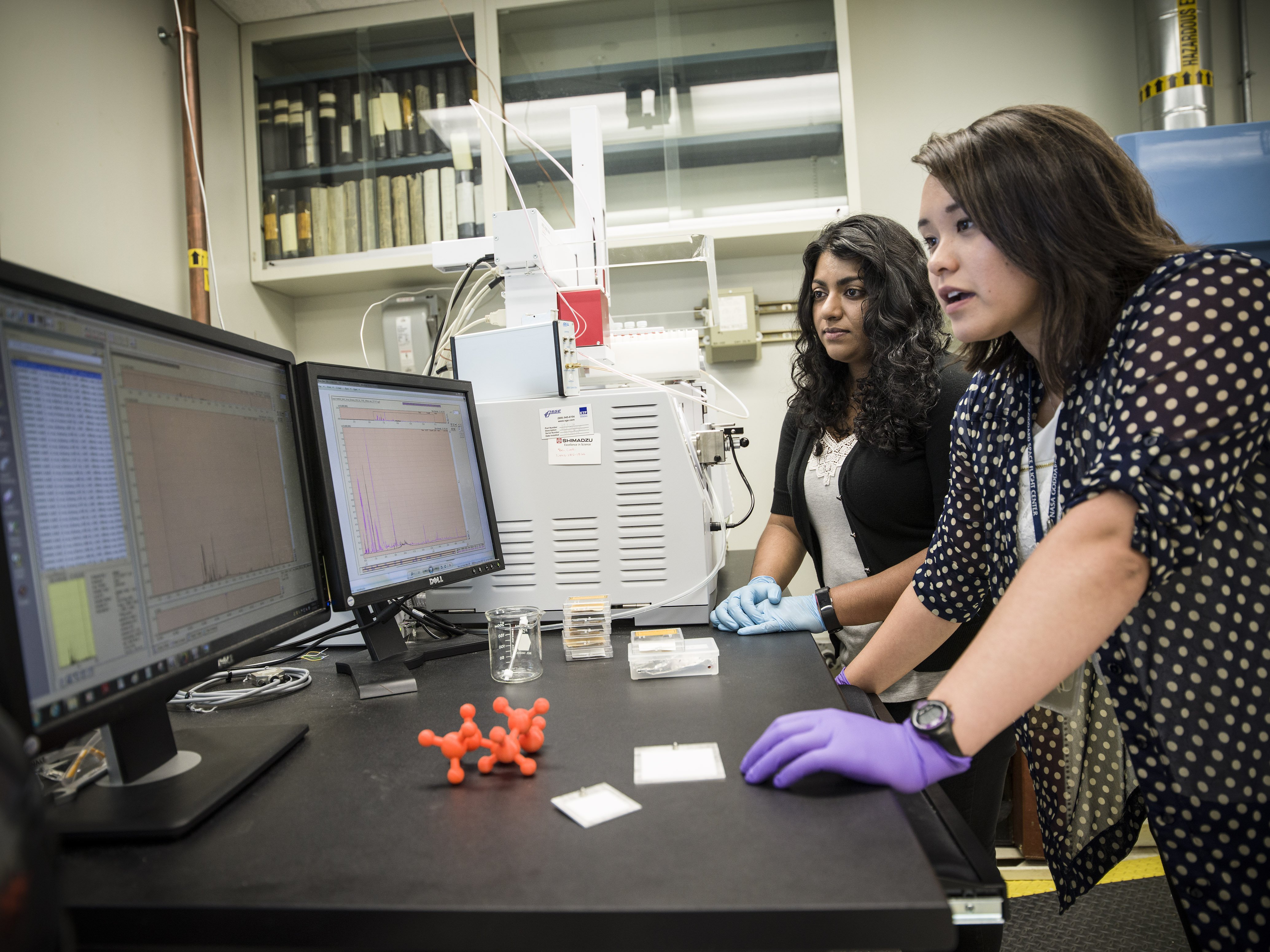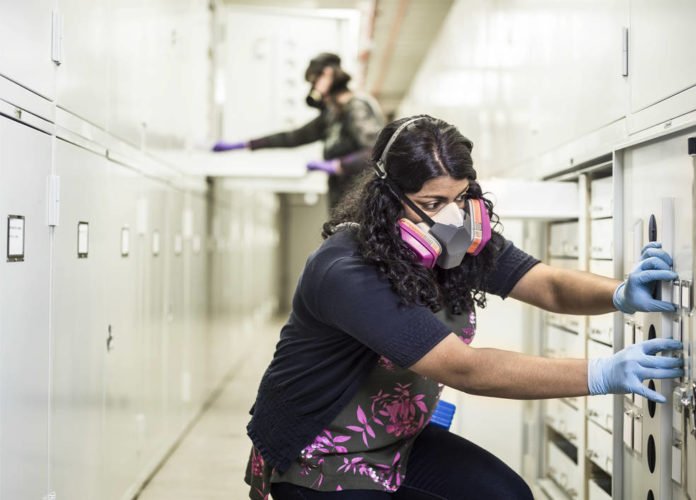A coating developed by Goddard engineers to guard highest-profile space observatories against potentially harmful molecular contamination is now getting evolution. The coating will now be used to protect the Smithsonian Institution’s cultural artifacts and natural science specimens.
The coating which is made of zeolite and a colloidal silica that acts as a glue. Dubbed as Molecular Adsorber Coating or MAC, the coating is highly permeable and porous, thus enabling it to trap contaminants that outgas in a procedure like what makes the new auto smell in vehicles. Since it doesn’t contain unstable organics, the covering itself doesn’t cause extra outgassing.

Credits: NASA
Scientists now are determining regardless of whether MAC can lessen the nearness of mercury vapor and different contaminants that offgas from plant and mineral examples. These contaminants are polluting specially designed metal cabinets at the Museum Support Center in Suitland, Maryland.
Collections Program Conservator Catharine Hawks said, “These offgassed chemicals pose health risks to humans and degradation to specimens. Conservators are constantly faced with problems of volatile contaminants — either cross-contamination among collection materials or contaminants that come from materials used with collections. Consequently, we’re always in need of technologies to provide protection.”
Until now, the coating is used to entrap hydrocarbons, plasticizers, and silicones that outgas and spread easily inside thermal-vacuum chambers and other test facilities. In order to protect the contaminants from affixing, scientists treated specially made panels with MAC and placed them in strategic locations inside these facilities.

Credits: Chris Gunn/NASA
NASA Thermal Coatings Engineer Nithin Abraham said, “This is the first flight application of MAC within an instrument cavity.
Hawks said, “The goal of the museum experiment initially focused on determining if more than 100 MAC-treated samples affixed to the doors of three storage cabinets could adsorb mercury vapor from both botanical and mercury-based mineral ores. Although the museum never used mercury-based chemicals to preserve its plant specimens. Many collectors and preparators used them widely for nearly two centuries. Given the fact that the Smithsonian’s collections come from institutions worldwide and, in some cases, are very old, mercury offgassing has become a persistent problem.”
“The more recent use of vapor-impermeable bags has helped mitigate the offgassing. However, before their use, the mercury vapor had already contaminated the cabinets and is proving resistant to cleaning. We wondered if MAC panels could be used to take up the residual vapor that is coming from these surfaces.”
Scientists reported that their work may let them study how well the technology works in ambient or non-vacuum conditions. This could help them improve the efficiency of the coating for applications in both space and terrestrial.
Under a Space Act Agreement with the Smithsonian Institution’s National Museum of Natural History, scientists are currently testing the effectiveness of the patent-pending MAC.
